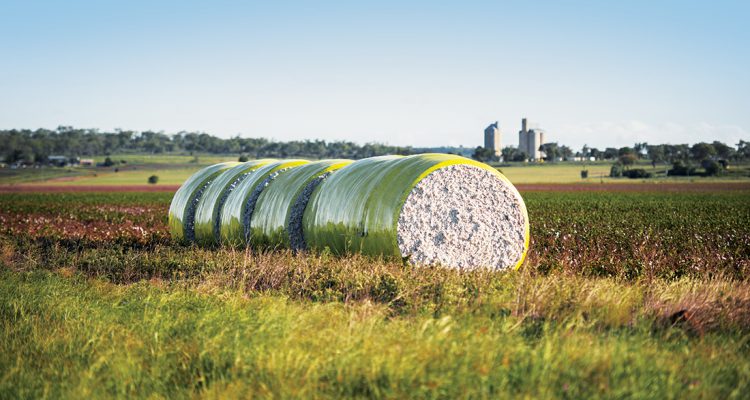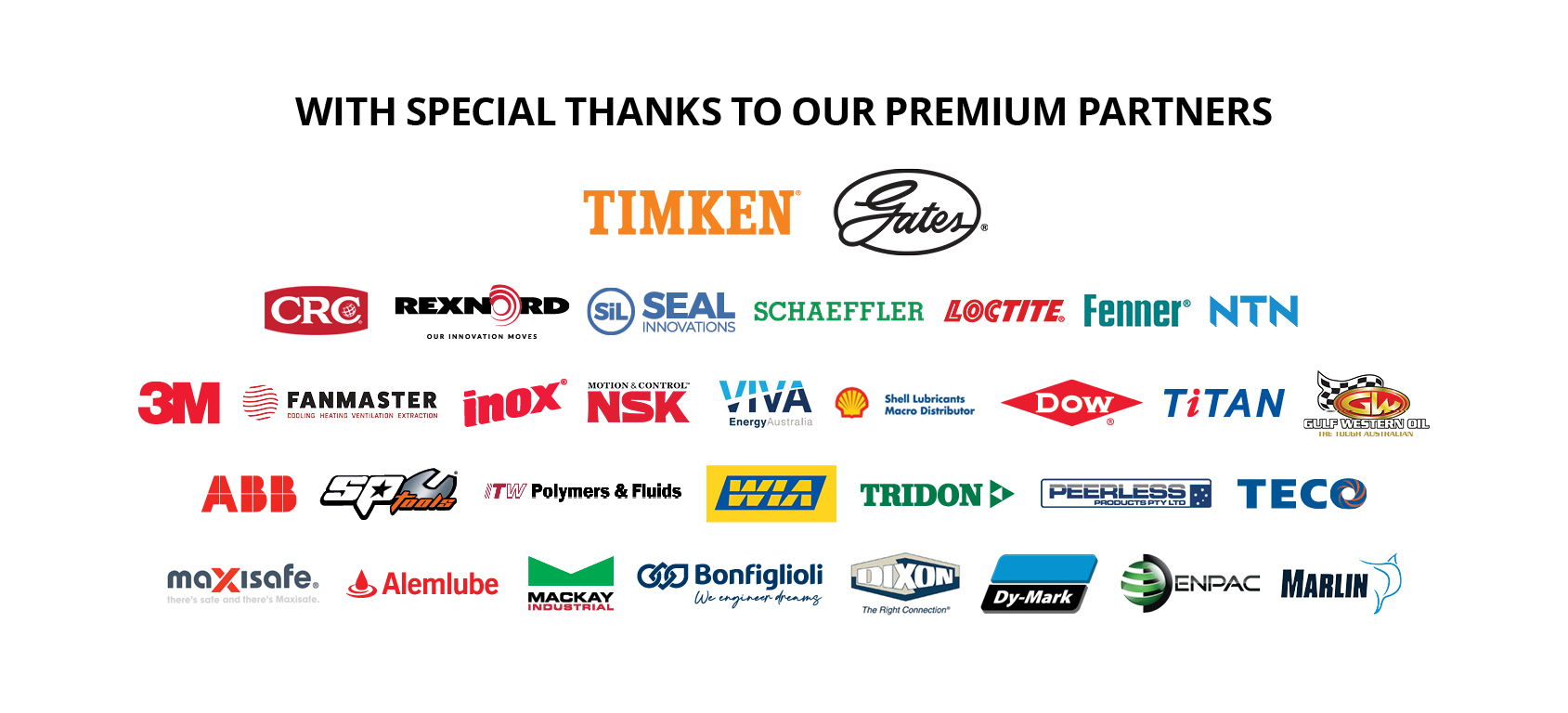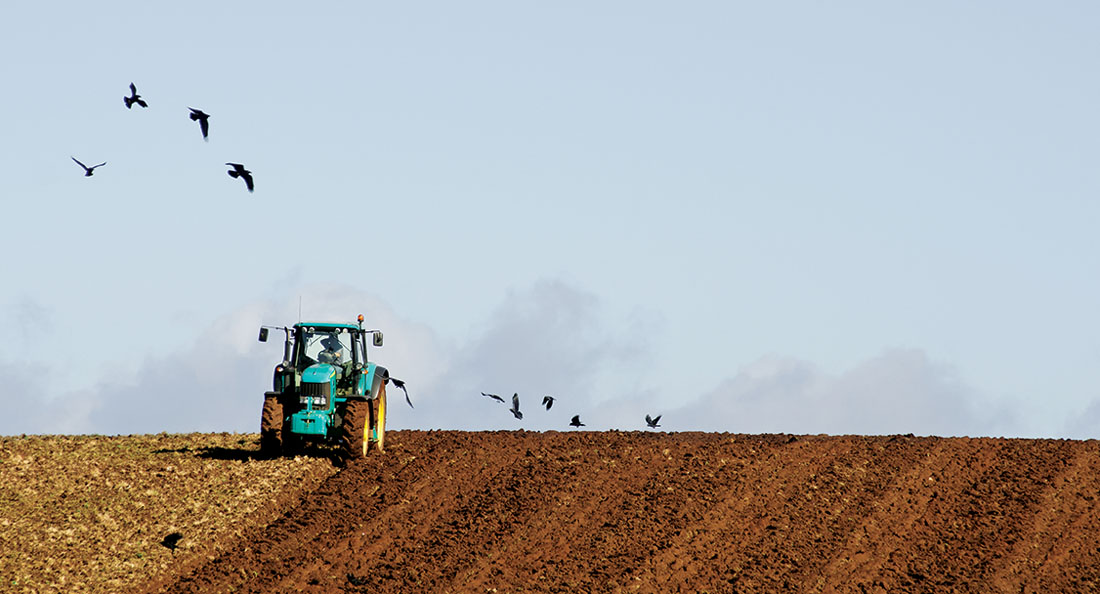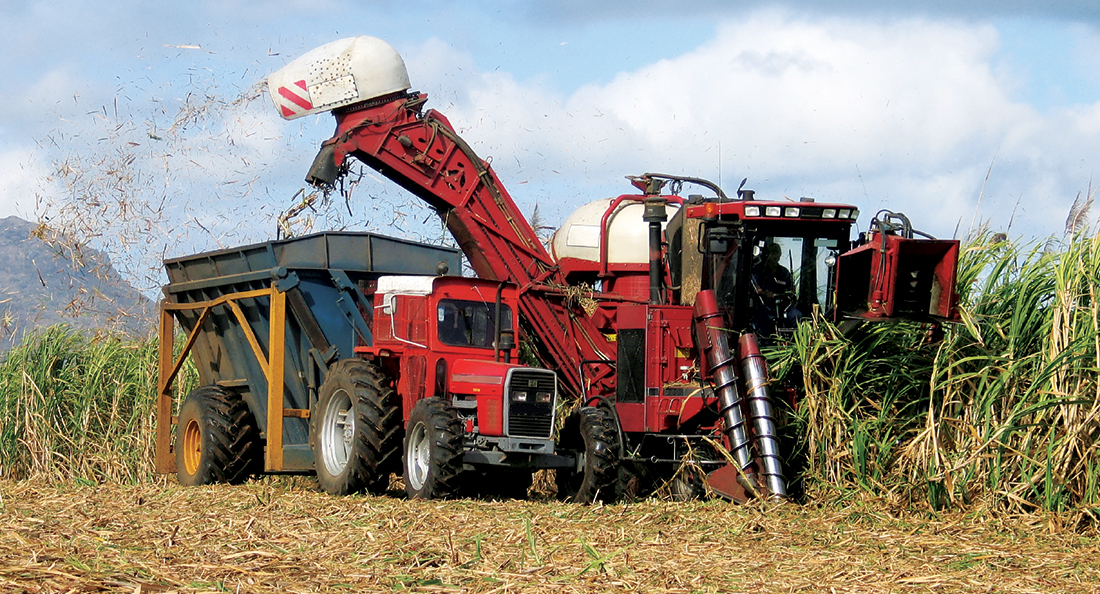In sport, Australia often has a reputation for punching above its weight, and this is something the nation is often proud of. Less commonly recognised, however, are the industries where Australia is a leader on a global scale, outperforming other countries with industries much larger in size.
The cotton industry is one such industry. The US is the second largest producer of cotton – after India, as of 2018/2019, and Australia is the eighth.[1] However, the Australian industry is far more effective than its overseas counterparts, producing 70,000 bales of cotton per gin per year, compared with the US where 20,000 bales per gin per year is the average.[2]
Much of this difference is in the way Australian machinery is pushed to the limit, making effective maintenance, and the right components, critical. Furthermore, Australia’s cotton producing regions are located in harsh environments that contend with high temperatures and frequent droughts, meaning that selecting products with the right constitution is a distinguishing feature of this productive industry.
Mick Locke, technical sales representative at CBC Toowoomba knows these conditions all too well, having been immersed in Queensland’s cotton industry.
“I started in the cotton industry 13 years ago, and back then we were in drought, and cotton gin operators were constantly calling on us. So, it was about getting in there, finding out what was in the cotton gin, and seeing what you can give them to improve things.
“It’s come a long way from there, with a bit of rain a few years back, but now we’re back to drought.”
Despite these weather issues, the cotton crop continues. Planted in spring, the cotton is harvested in autumn, and then sent to cotton gins for the fibres to be separated from the seeds. During this intensive process, where cotton gins are running 24 hours a day, seven days a week, Locke is intimately involved to ensure that each component in a cotton gin is working smoothly so that Australian producers can continue to beat their US counterparts for cotton production.
“During the processing of the cotton I’ll go and see them and then, when they’ll have shutdowns and issues within those periods, they’ll make a note of it and say, ‘We need to look at this after the season is over, and what else can you offer us here because we’re having this problem and then we’ll look at what’s the best solution in there’.”
When an issue does arise, Locke draws upon the extensive range of CBC products to keep the cotton gins turning.
“It comes to giving them information on what’s the best solution for them as well as why you think that’s better for it,” said Locke. “It’s mainly bearings, belts, power transmission, and conveyor belts. The other thing it comes down to is a one stop, they can just ring me and ask for whatever they really want, rather than them chasing different suppliers.
“Within CBC, Inenco and now with our global game too, with Motion Industries in the US, we can really access just about anything.”
One product that Locke and the cotton producers often turn to is the Timken® Spherical Roller Solid-Block Housed Unit, formerly known as “Blue Brute” for its distinctive blue cast steel housing. First developed for the heavy loads of the timber industry, the Spherical Roller Solid-Block Housed Unit is often relied upon by cotton producers to operate on fans and lint cleaners.
According to Locke, the Spherical Roller Solid-Block Housed Unit is often called upon to replace a bearing supplied by an original equipment manufacturer when it reaches the end of its life.
“The way that works is we’ve upgraded existing bearings to get more life for production.”
Why the Spherical Roller Solid-Block Housed Unit is preferred is its durability and ease of replacement. Kim Hollier, service and sales engineer at Timken® Australia explains why.
“It’s much faster to install and it easily converts from what we call a fixed to a fast float position. Our spherical roller bearing also runs very cool due to its revolutionary design.”
This distinctive unitised design is characterised by the blue, cast steel housing that comes in one single solid block. The machined feet allow for each housing to be replaced without the shaft needing to be realigned. This stands in contrast to other bearings that Hollier has come across.
“In the past, cotton producers removed the style of bearing that was in the lint cleaner. To remove it they had to use oxy acetylene torches to cut the bearing from the shaft whereas the Timken® solid block bearings are much easier to remove.”
However, Hollier highlighted that what really sets the Spherical Roller Solid-Block Housed Unit apart is its ability to run cool.
“The biggest problem with bearings is heat generation because heat will degrade the lubricant. So, if you’ve got a bearing that runs cooler to start with your lubricant lasts longer so consequently the bearing lasts longer.”
When relubrication is required, the bearing contains a centre mounted grease nipple for quick relubrication to ensure new grease is channelled directly onto the rollers where it is needed.
Ensuring that these products are available to cotton producers is the 24-hour support that CBC provides, to match the demands of the cotton producing season.
“They run 24 hours a day, 7 days a week,” said Locke. “They could ring me at 1 or 2 o’clock in the morning needing something that they haven’t got there and it’s a matter of getting it to them as quickly as I can deliver it. When they’ve asked about 24-hour support from other suppliers, they’ve been given a blank look. With us, they know we’ll be there for them.”
The area that Locke covers includes the large cotton producing regions of south-western Queensland where in-person support is appreciated.
“I can sit in the car for eight hours from Toowoomba to Emerald, and then five and a half, six hours to Cubbie Station.”
This face-to-face support is something that distinguishes CBC from the original manufacturers of cotton gin machines, highlighted Locke.
REFERENCES
[1] https://www.statista.com/statistics/263055/cotton-production-worldwide-by-top-countries/
[2] www.insidecotton.com/jspui/bitstream/1/329/1/40302_Full_Final_Report.pdf




